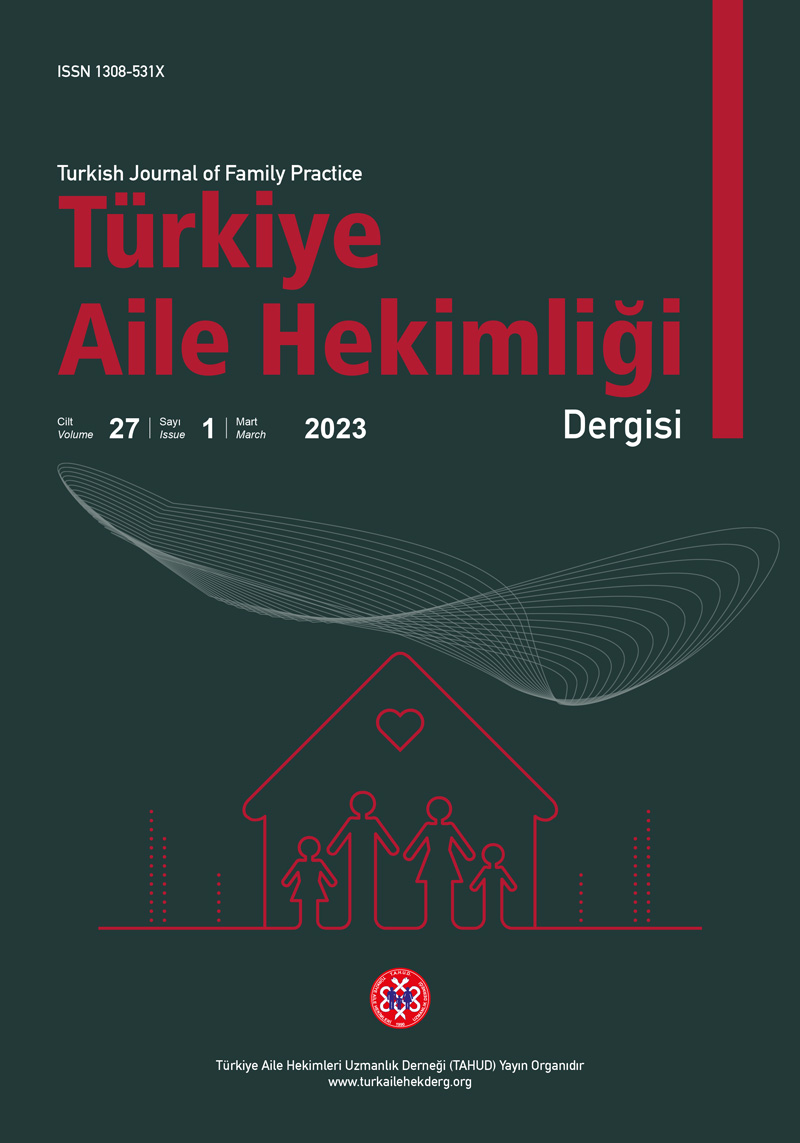Abstract
Objective: Smartphones, which have become an important part of our lives with the rapid development of technology, make daily life easier when used correctly. However, misuse of these devices may cause some biopsychosocial problems. The main mental problems related to smartphones are smartphone addiction and nomophobia. Nomophobia is one of the new concepts added to the literature and the variables associated with nomophobia have not been clarified. The frequent occurrence of substance addictions and behavioral addictions in patients with Attention Deficit and Hyperactivity Disorder has brought forward that smartphone addiction, another type of behavioral addiction, may be a risk factor for ADHD. Our study aims to examine the relationship between nomophobia and ADHD symptoms.
Method: The study was conducted by screening 469 participants who applied to a family medicine outpatient clinic for different reasons for ADHD symptoms and nomophobia. Patients between 18 and 65 years of age who agreed to participate in the study were included. Patients who were illiterate and had mental, cognitive, or physical disabilities that prevented them from answering the questions were excluded. The sociodemographic characteristics of the participants were collected through face-to-face interviews, and the Nomophobia Scale and the Adult ADHD Self-Report Scale (ASRS) were used for other information.
Results: Women constitute 54.2% of the participants, and the remaining 45.8% are men. 28.8% of participants are between the ages of 18 and 25, while 38% are between the ages of 26 and 35. 53.3% of the participants were married, and 46.7% were single. The education level of %79.1% of the participants is tertiary education and above include 79.1. When the addiction frequency factor was examined among the participants, no addiction factor was found in 84.2% of the participants. Attention deficit and hyperactivity/impulsivity variables together show a moderate and significant relationship with the participants’ nomophobia scores, (r=0.331, p<0.01). When the scores obtained from the attention deficit sub-dimension of the ASRS scale were examined, it was found that 61.6% of the participants had no attention deficit symptoms, 29.6% had probable attention deficit symptoms, and 8.7% had significant levels of attention deficit symptoms.
Conclusion: Nomophobia and ADHD symptoms were found to be related in the study. Understanding the relationship between nomophobia and ADHD will be effective in better understanding nomophobia, identifying risk groups, and guiding treatment. Identification and treatment of risk groups in primary health care services will reduce the social burden of nomophobia.
Keywords: Nomophobia, Attention Deficit Hyperactivity Disorder, Turkish Nomophobia Scale
Copyright and license
Copyright © 2023 The Author(s). This is an open access article distributed under the Creative Commons Attribution License (CC BY), which permits unrestricted use, distribution, and reproduction in any medium or format, provided the original work is properly cited.










